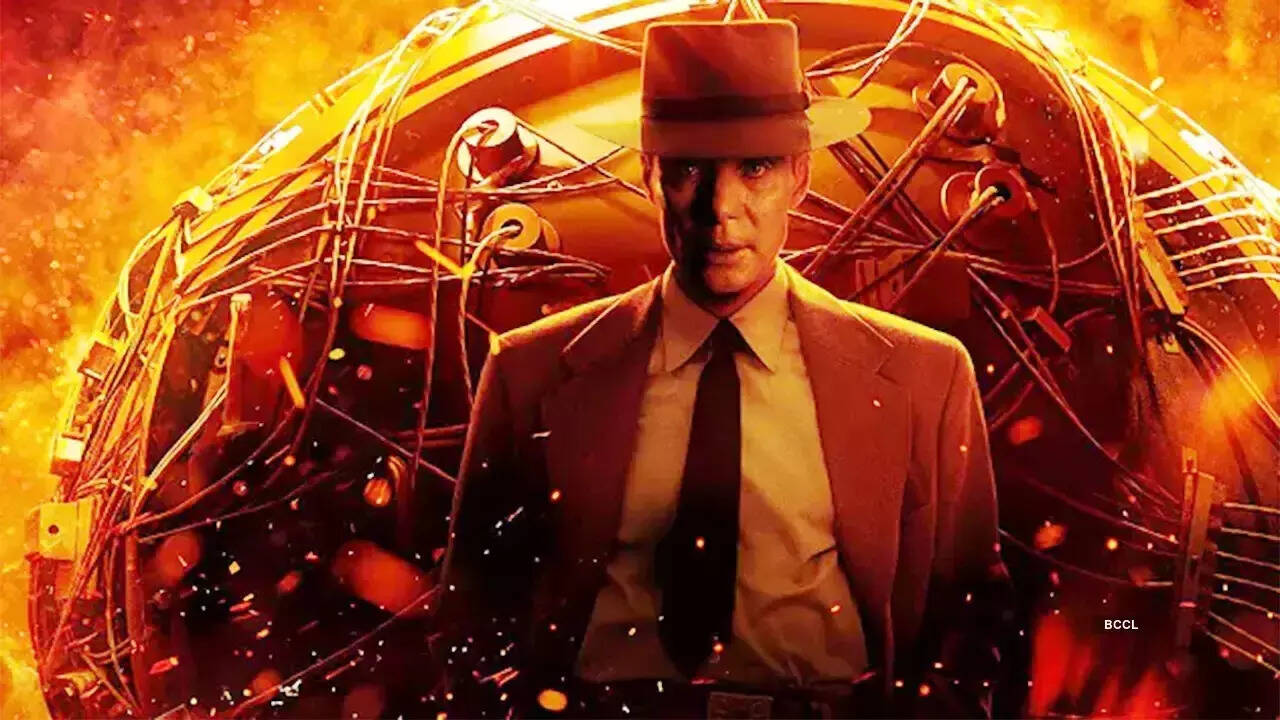The Triumph and Tragedy of J. Robert Oppenheimer: Unraveling the Father of the Atomic Bomb
In the realm of global cinema, few directors have achieved the level of acclaim and mastery that Christopher Nolan possesses. His latest creation, ' Oppenheimer ,' once again solidifies his status as a pre-eminent master auteur. This blockbuster biopic stands as a poignant cinematic portrayal, tackling the life of the eminent physicist J. Robert Oppenheimer , with the backdrop of the creation of the atomic bomb .

As the world's first blockbuster biopic to emerge post the Covid-19 pandemic, 'Oppenheimer' boasts a star-studded cast, including the brilliant Cillian Murphy as J. Robert Oppenheimer, alongside Matt Damon , Emily Blunt , Florence Pugh, and Robert Downey Jr.

A Glimpse into the Biopic
'Oppenheimer' draws its inspiration from the Pulitzer Prize-winning biography "American Prometheus: The Triumph and Tragedy of J. Robert Oppenheimer," co-authored by Kai Bird and Martin J. Sherwin. The film delves deep into the life and struggles of the renowned physicist, J. Robert Oppenheimer, considered the father of the atomic bomb.
The Genesis of a Scientific Legend
Born on April 22, 1904, in New York, J. Robert Oppenheimer's early life took shape under the guidance of a German textile importer, his father. Excelling in the field of physics, Oppenheimer gained international recognition as a distinguished physicist. It was during the tumultuous times of World War II that he was summoned by the US government to lead a team of brilliant minds to create the atomic bomb as a means to counter the threat posed by Nazi Germany.
The Trinity Test and Existential Reflections
On July 16, 1945, history was forever altered when the Trinity test bomb exploded in the New Mexico desert. Oppenheimer's response to this momentous event encapsulated the magnitude of its implications: "We knew the world would not be the same. A few people laughed, a few people cried, most people were silent." The blast triggered existential reflections within Oppenheimer, and he recalled a line from the Hindu scripture, the Bhagavad Gita: "Now, I am become Death, the destroyer of worlds." The duality of creating an atomic bomb for the greater good while unleashing destruction upon the world plagued him.
The Moral Conflict and Disgrace
J. Robert Oppenheimer firmly believed that developing the atomic bomb was essential to end World War II. However, he was burdened by the knowledge that his creation could spell doom for humanity. This internal moral conflict eventually led to his downfall when he opposed the development of the hydrogen bomb on moral and political grounds. His opposition resulted in accusations of slowing down the hydrogen bomb's progress, leading to his disgrace.
The United States Atomic Energy Commission (AEC) made a statement in 1954 indicating that wholehearted support from Oppenheimer might have expedited the hydrogen bomb project, potentially achieving earlier success.
The Manhattan Project and the Nuclear Era
The rise of Adolf Hitler in Germany spurred the urgency among physicists like Albert Einstein, Leo Szilard , and Eugene Wigner to caution the US government about the potential dangers if the Nazis acquired nuclear capabilities. Thus, the Manhattan Project was born, spearheaded by J. Robert Oppenheimer, whose contributions to the study of subatomic particles had earned him a distinguished reputation.
The Manhattan Project's focal point shifted to the secluded expanse of Los Alamos, New Mexico, where groundbreaking research unfolded. In July 1945, the world witnessed the first-ever nuclear explosion. Less than a month later, on August 6 and 9, 1945, the US military deployed atomic bombs on Hiroshima and Nagasaki, leaving a catastrophic impact and claiming thousands of lives.
The Post-WWII Era and the Shadow of Suspicion
Following his resignation in October 1945, J. Robert Oppenheimer assumed the role of the head of the Institute for Advanced Study in Princeton, New Jersey. Until 1952, he also chaired the General Advisory Committee of the Atomic Energy Commission. However, the onset of the Cold War marked a period of suspicion and paranoia, as the specter of nuclear war loomed large over international politics.
Oppenheimer became a target of US intelligence scrutiny, suspected of having connections with communist elements. This suspicion stemmed from his opposition to the hydrogen bomb's creation and his previous association with communist students during the Spanish Civil War in the 1930s. Consequently, in 1954, Oppenheimer suffered the revocation of his security clearance and his dismissal as an adviser to the US government.
A Life Defined by Moral and Scientific Conundrums
Despite these trials, J. Robert Oppenheimer remained steadfast in his pursuit of reconciling the moral dilemmas inherent in scientific advancement. His retirement from the Institute for Advanced Study in 1966 marked the end of an illustrious career. Tragically, he passed away in 1967 at the age of 62.
However, justice was eventually served, and in the year preceding the present time, the US Department of Energy formally vacated the AEC's revocation of Oppenheimer's security clearance. This decision came after a reassessment of the flawed process that had led to his disgrace. Energy Secretary Jennifer Granholm declared, “As time has passed, more evidence has come to light of the bias and unfairness of the process that Dr. Oppenheimer was subjected to while the evidence of his loyalty and love of country have only been further affirmed.”
Next Story